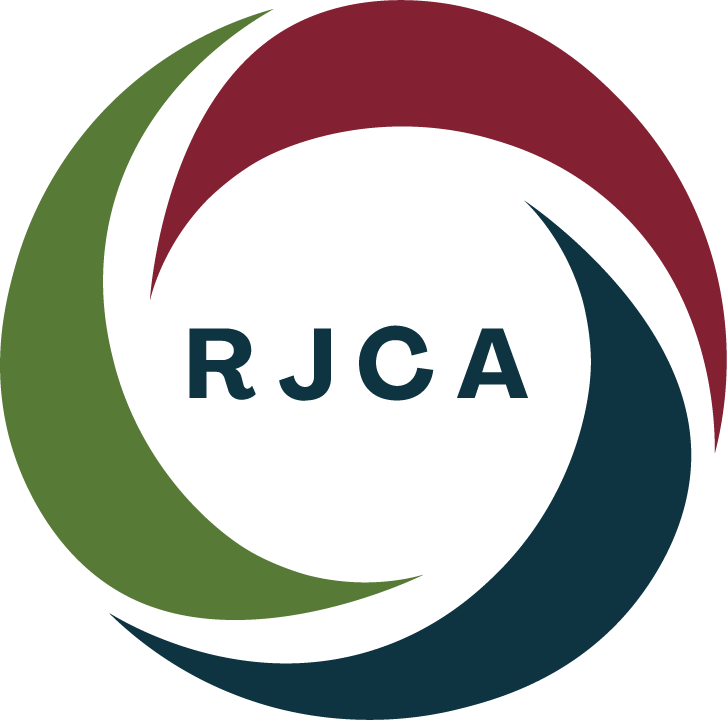1) Crime is Fundamentally a Violation of People and Interpersonal Relationships
- Person(s) and community that have directly harmed and need restoration.
- The primary person(s) harmed are those most directly affected by the offense. Others, such as family members of person(s) directly harmed & person(s) who have caused harm, witnesses, and members of the affected community, are also directly harmed.
- The relationship affected (and reflected) by crime must be addressed.
- Person(s) directly harmed, person(s) who have caused harm and the affected communities are the key stakeholders in justice.
- A Restorative Justice process maximizes the input and participation of these parties – but especially primary person(s) directly harmed as well as the person(s) who have caused harm – in the search for restoration, healing, responsibility and prevention.
- The roles of these parties will vary according to the nature of the offense as well as the capacities and preferences of the parties.
- The state has circumscribed roles, such as investigating facts, facilitating processes and ensuring safety, but the state is not a harmed party.
2) Violations Create Obligations and Liabilities
- Offenders’ obligations are to make things right as much as possible.
- Since the primary obligation is to the person(s) directly harmed, a restorative justice process empowers the harmed party to effectively participate in defining obligations.
- Person(s) who have caused harm are provided opportunities and encouragement to understand the harm they have caused to the person(s) directly harmed and the community, and to develop plans for taking appropriate responsibility.
- Voluntary participation by person(s) who caused harm is maximized; coercion and exclusion are minimized. However, the person(s) who caused harm may be required to accept their obligations if they do not do so voluntarily.
- Obligations that follow from the harm inflicted by crime should be related to making things right.
- Obligations may be experienced as difficult, even painful, but are not intended as pain, vengeance or revenge.
- Obligations to person(s) harmed such as restitution take priority over other sanctions and obligations to the state such as fines.
- Person(s) who caused harm to have an obligation to be active participants in addressing their own needs.
- The community’s obligations are to person(s) harmed and to person(s) who caused harm and for the general welfare of its members.
- The community has a responsibility to support and help the person(s) directly harmed of crime meet their needs.
- The community bears a responsibility for the welfare of its members and the social conditions and relationships which promote both crime and community peace.
- The community has responsibilities to support efforts to integrate offenders into the community, to be actively involved in the definitions of the person(s) who have caused harm obligations and to ensure opportunities for the person(s) who caused harm to make amends.
3) Restorative Justice Seeks to Heal and Put Right the Wrongs
- The needs of the harmed party for information, validation, vindication, restitution, testimony, safety, and support are the starting points of justice.
- The safety of the person(s) directly harmed is an immediate priority.
- The justice process provides a framework that promotes the work of recovery and healing that is ultimately the domain of the individual person(s) directly harmed.
- Harmed parties are empowered by maximizing their input and participation in determining needs and outcomes.
- The person(s) who have caused harm are involved in repair of the harm insofar as possible.
- The process of justice maximizes opportunities for exchange of information, participation, dialogue, and mutual consent between the person directly harmed and the person who has caused harm.
- Face-to-face encounters are appropriate for some instances while alternative forms of exchange are more appropriate in others.
- The harmed party have the principal role in defining and directing the terms and conditions of the exchange.
- Mutual agreement takes precedence over imposed outcomes.
- Opportunities are provided for remorse, forgiveness, and reconciliation.
- Offenders’ needs and competencies are addressed.
- Recognizing that person(s) who have caused harm, themselves have often been harmed, healing and integration of offenders into the community is emphasized.
- The person(s) who have caused harm are supported and treated respectfully in the justice process.
- Removal from the community and severe restriction of individual(s) who have caused harm is limited to the minimum necessary.
- Justice values personal change above compliant behavior.
- The justice process belongs to the community.
- Community members are actively involved in doing justice.
- The justice process draws from community resources and, in turn, contributes to the building and strengthening of community.
- The justice process attempts to promote changes in the community to prevent similar harms from happening to others.
- Justice is mindful of the outcomes-intended and unintended-and its responses to crime and victimization.
- Justice monitors and encourages follow-through since healing, recovery, accountability, and change are maximized when agreements are kept.
- Fairness is assured, not by uniformity of outcomes, but through provision of necessary support and opportunities to all parties and avoidance of discrimination based on ethnicity, class, and sex, identity, religion, age, or ability.
- Outcomes which are predominately deterrent or incapacitate should be implemented as a last resort, involving the least restrictive intervention while seeking restoration of the parties involved.
- Unintended consequences such as coaptation of restorative processes for coercive or punitive ends, undue offender orientation, or the expansion of social control are resisted.
Howard Zehr, Eastern Menononite University (Harrisonburg, VA) and Harry Mika, Central Michigan University (Mount Pleasant, MI).
